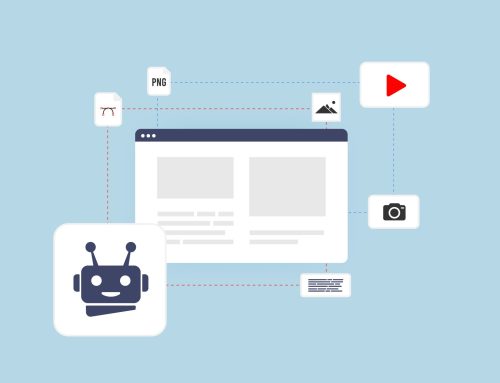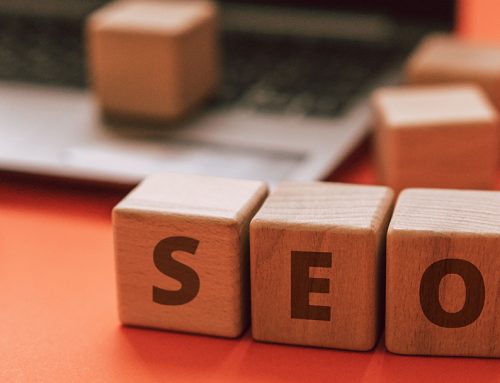Table of Contents
- Your Blog Layout Can Impact Just About Anything
- Ways to Optimize Your Blog
- 1. Choose fonts that are easy to read
- 2. Utilize blog summary boxes
- 3. Display estimated read time
- 4. High quality photos and graphics
- 5. Organize for easy scannability
- 6. Optimize for page load speeds
- 7. Let your readers share content easily
- 8. Strategically place your CTAs
- 9. Include related articles for further reading
- Your Blog Layout Helps with More Than Just Aesthetics
Your blog layout can have a big impact on how many visitors you'll receive.
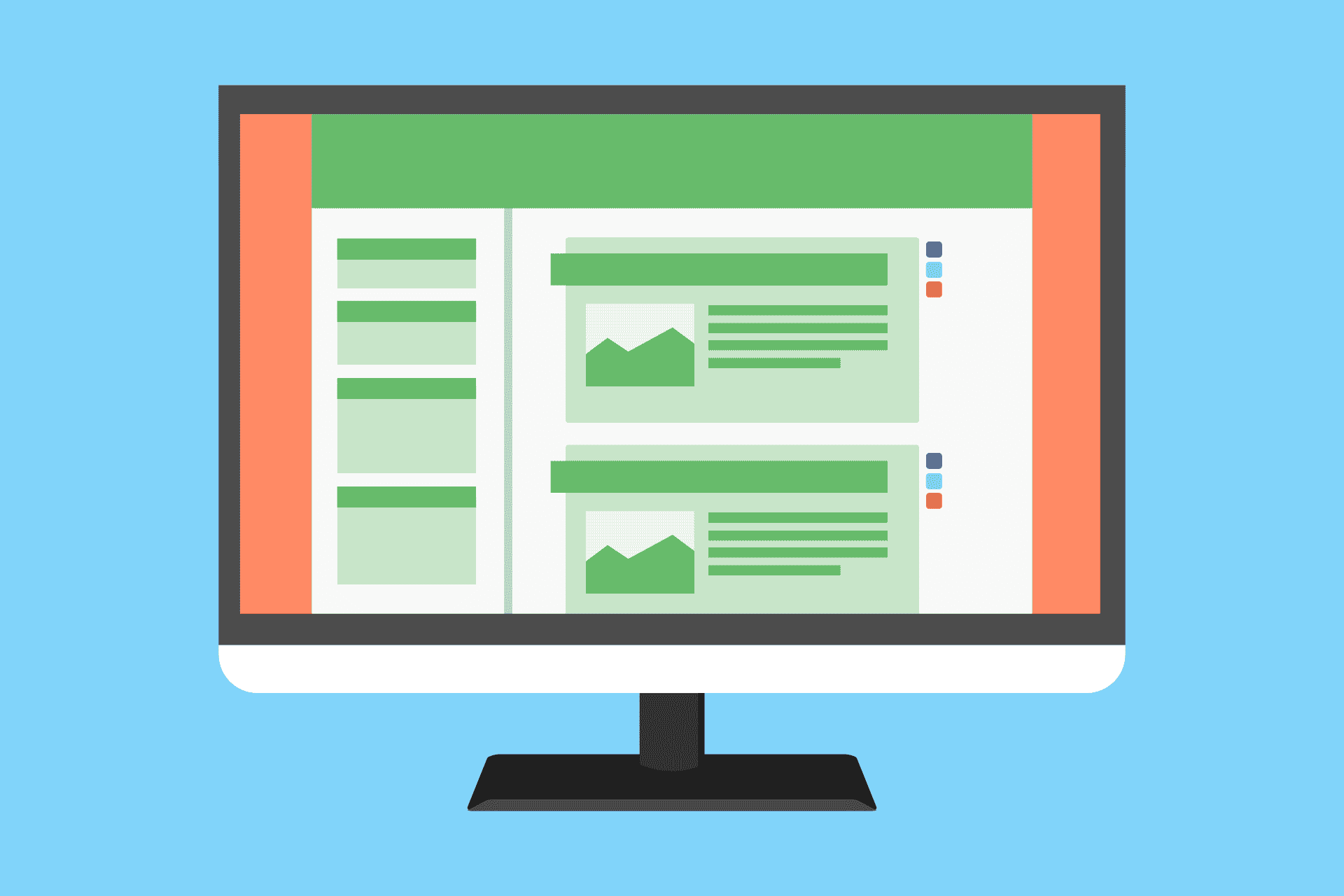
Your blog layout can have a big impact on how many visitors and return readers you’ll receive.
When you think about publishing a great blog online, you probably think of outlining your blog first, then writing your first couple of drafts, selecting images, and then publishing your finished product. You have great content and now it’s ready for the world to see. The heavy lifting is done and it should start having views pour in, right? Unfortunately, it’s not as simple as that.
Your Blog Layout Can Impact Just About Anything

Even if your blog is chock full of the most informative and engaging content, if the blog layout is lacking, people might not want to stay. Maybe it’s hard to read, lacks high-quality photos, or looks spammy. Any of those reasons will deter your visitors to stay on your website, and will also negatively affect how much they would share your article or refer your business.
This is why your blog layout is critical. People are visual in nature. If your blog doesn’t look appealing, or doesn’t aesthetically flow well, people will be more susceptible to leaving it.
A good blog layout will:
- keep your visitors on your website
- build your credibility
- reduce your bounce rates
- increase your return readers
- significantly improve your website’s SEO
Luckily, there are some relatively easy ways you can improve your blog’s appearance to reach these goals.
Ways to Optimize Your Blog
As you can probably tell, having a pleasing and easy to read and navigate blog layout isn’t just a superficial achievement. So if you want to start improving the layout of your blog, take a look at our top 9 tips below.
1. Choose fonts that are easy to read

This might sound obvious, but you’d be surprised at how many blogs don’t follow this fundamental rule. If readers struggle to read your blog, they won’t stay very long. Simply put, the internet is a big place and they’ll quickly ditch your site to find one that they don’t have to struggle to read.
The sweet spot for text size is around 16px. If your font is too small, readers will have to strain their eyes to read. If the font is too large, it will wrap too much and be harder to read on mobile devices.
Stay away from fonts that are too cursive-y or that have a lot of extra curves, accents, or characters to them. Stick to clean and classic typefaces. Not only will those help your blog be readable, but they will also help your font selection stay modern. A few popular blog fonts are Georgia, Helvetica Neue, and Josefin Slab. Sticking with serif fonts is a good general rule as well.
And please, just stay away from Comic Sans (unless memes are integral to your business model).

2. Utilize blog summary boxes
Summary boxes are particularly useful for long-form content or topics that pose a question. For example, a blog topic of “What is content marketing?” should have a quick explanation of it at the beginning for those readers who are looking for a simple and straightforward answer.
The blog then can dive into the different types of content marketing, or what topic the blog is specifically about, below the summary box. This tip can also be used under #5 for easy scanning.
Summary boxes also have great potential for featured snippets on Google, which helps your blog’s SEO and discoverability. Not only will you help answer readers’ burning questions, but you also help your SEO!
3. Display estimated read time

Many readers are time-pressed and don’t want to make too long of a commitment to reading an article. Having the estimated reading time at the top will help set their expectations from the beginning, or they might realize it’s less of a time commitment than they originally thought.
There are a couple of options on how to communicate this with your readers. It could be a simple text estimate, like “12 min read”, at the beginning before the content actually starts, or a progress bar on top that gradually gets longer as you scroll down.
There is a WordPress plugin called Read Meter that helps calculate this and provides a progress bar on top. If you don’t want to or can’t install a plugin, you could simply use the estimate of an average of 200-250 words per minute to calculate reading speed.

4. High quality photos and graphics
Photos and graphics can enhance your blog in a couple of ways. They help break up all the text on your blog, add supporting visuals to what you’re communicating, and can also help showcase your company’s personality.
Low quality or grainy photos can lead a reader to not trust your site. Imagine clicking on a search result on Google and landing on a page that has minimal photos, and the few that are on the page are super grainy. Would that inspire confidence in you to purchase their product or service? We would hazard a guess not.
In addition to photos, graphics are a great supporting addition to bog posts. They can complement your article by providing a visual explanation of what you’re trying to communicate. You can also highlight crucial data in a graphic, which can make complex information easier to understand and retain.
Blogs with relevant images perform better in search engines, thus making your article even easier for others to find and share. Be sure to add relevant alt text to your photos to give your blog a little extra SEO boost.
5. Organize for easy scannability

This is especially important for longer-form content. If readers are looking for a quick read, structuring your content to be easily scannable will be priceless to them so they can skip to the part that’s most relevant to their search query.
This might sound counterintuitive on the surface. Shouldn’t you want your readers on your blog for as long as possible? While the answer is yes, you also want to provide the most value to them. If they’re looking for a very specific piece of information and have to sift through a 2,000 word article just to find it, they will probably leave your blog for an easier article to scan.
There are a couple of common ways to organize your blog for scannability. One of the easiest ways is by creating a table of contents at the beginning that has anchor links to different sections of your blog. If you don’t want your table of contents to be static at the top, you can have it run alongside your blog as you scroll down.
Whether or not you choose to implement a table of contents, it’s critical that your subheadings are descriptive and clear. This will help the reader to understand what that specific section is about. Another bonus to this is that it also helps with your SEO.
You can also utilize lists, bolding or italicizing important words and sentences, and use block quotes. All of these will help direct the reader’s eye to certain parts of your blog so they can easily find what they’re searching for.
6. Optimize for page load speeds
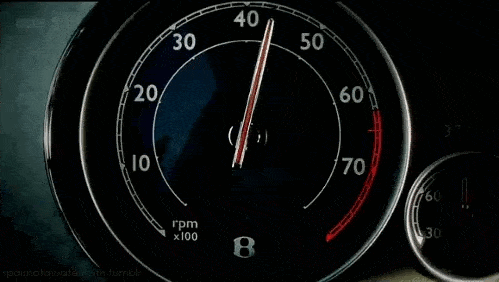
In the age of nearly instant gratification, there’s no room for your blog to be loading slowly. This is the first impression you’re making on a visitor, and if your blog post takes too long to load, the chances are high you’ll lose out on that potential lead.
Think about how you react when browsing online. Will you wait more than 5-7 seconds for a page to load before abandoning it for another?
The first step to this part of your blog layout is to figure out your page load times with PageSpeed Insights. We also value the speed results of GTmetrix. It will break down different aspects of your page and flag what’s causing it to load slower.
Common culprits are images that are too large, unnecessary JavaScript code, and external web assets loading into your page each time. We recommend starting with these low-hanging fruit to start improving your page load speed times.
7. Let your readers share content easily

Just like word-of-mouth advertising can do wonders for a product, it’s similar when your readers share your article. It’s basically them saying, “This article is so great that I’m recommending it to you to read.” More readers will come from the first person sharing it because it has a stamp of approval already. Creating an easy way for your readers to share what they just read has a positive impact on your overall SEO because it shows search engines that your content is valuable and trustworthy.
There are a few easy ways you can utilize your blog layout to encourage readers to share your content. You should include social share buttons for a quick and easy way for readers to share your blog. These are usually placed at the bottom or top of an article. We generally recommend at the bottom where a reader will be naturally predisposed to share it once they’ve finished reading it.
Having a place for comments at the bottom can also encourage your readers to share your content. This section can also create a beneficial discussion forum for others to come and share their thoughts.
8. Strategically place your CTAs
CTA stands for Call-To-Action. A CTA is pretty much what it sounds like: a call for your visitor to do something; to take action on your website.
Some of the most common CTAs are subscribing to a blog, requesting a quote, or signing up for a newsletter. Without CTA’s, your visitors will have a hard time converting, and you’ll have a hard time capturing any of their information for further lead nurturing.
There are a couple of ideal spots to place a CTA. We typically like the middle of the blog post and at the bottom. There are also slide-in CTAs that can be effective – just try not to disrupt the reader’s experience too much if you use a slide-in or pop-up format.
Bottom of the post CTA:
This could be a sign up for blog notifications, a newsletter, or a whitepaper with information relevant to the blog they just read.
Connect with us on social media:
Your readers can choose to follow you and receive updates through your social media channels.
Slide-in CTAs:
These are less intrusive than pop-up CTAs that can get annoying quickly by interrupting your reader from their article. This kind of CTA is basically what they sound like – they slide in from the corner of the page and offer additional information while allowing them to continue reading their article. They don’t totally obscure what the reader is reading like most pop-up CTAs.
9. Include related articles for further reading

Not only will this prove your blog as a broader helpful resource to your reader, it can also help reduce bounce rates. By providing relevant articles to continue their reading, your visitors will stay on your site longer and navigate around it more.
Further reading blogs are typically placed at the bottom or to the side of an article. We usually recommend placing these at the bottom to encourage readers to finish the first article before clicking on the next one.
Don’t just recommend any old article you have on your blog, though. Articles should be relevant to the first one they visited to ensure the content still aligns with what they originally came to your site for.
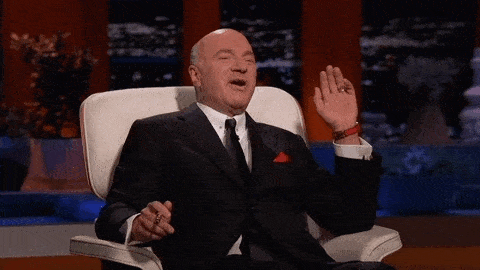
Your Blog Layout Helps with More Than Just Aesthetics
There is a lot that goes into determining how you want your blog post to look and flow – all of which can impact your readers’ experience, your SEO, and your overall blog’s performance. Taking the time to think through the various aspects of a good blog layout and using just a few of the tips discussed in this article can have a significant impact on your bounce rates, credibility, and SEO.
Although blogging isn’t at the top of every marketing department’s priority list, there’s extreme value to be had if it’s set up and executed correctly. If you’re wanting help with your blog, contact Jack & Bean. Our expertise in content marketing services will ensure your blog is set up for success.

